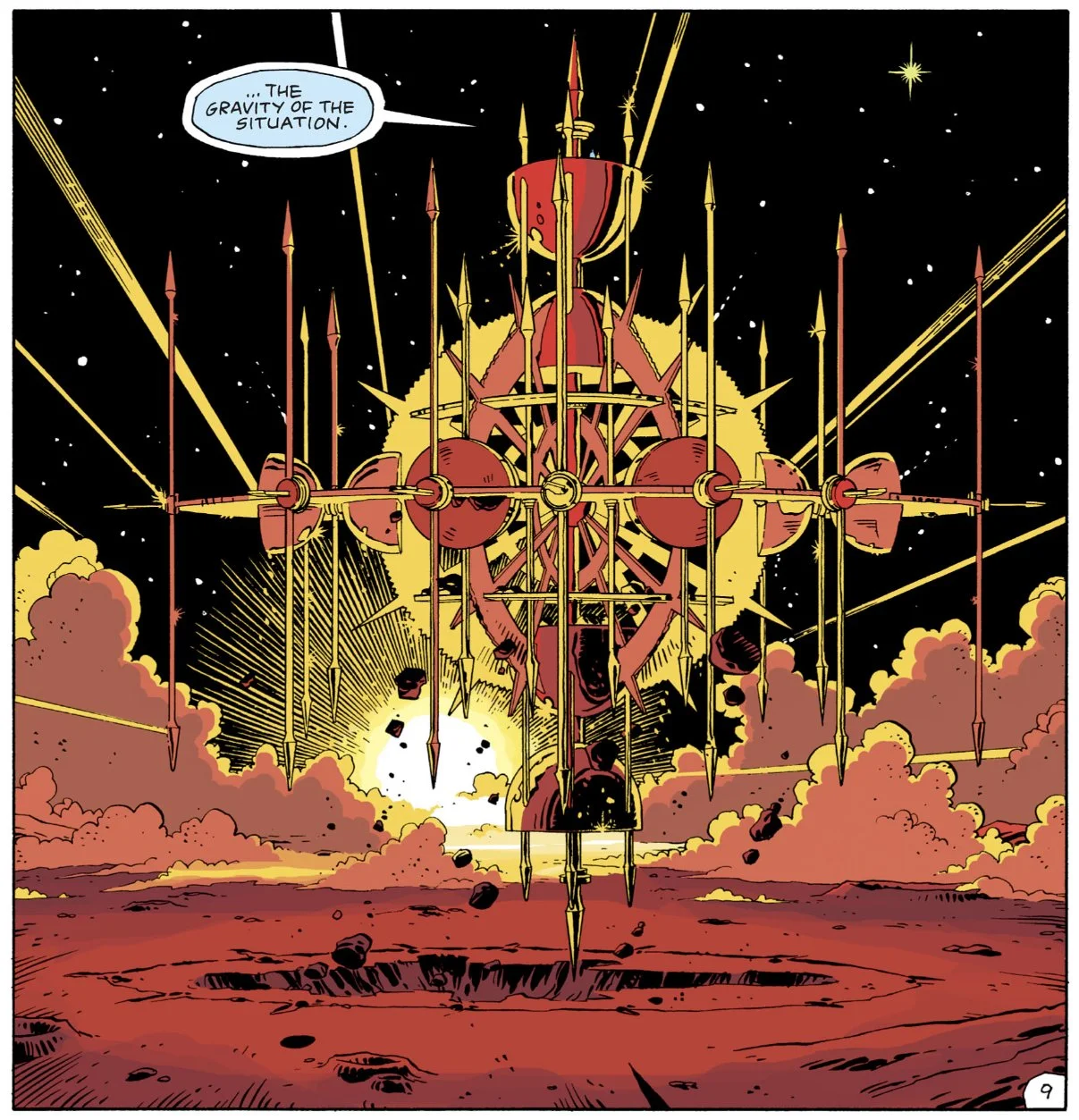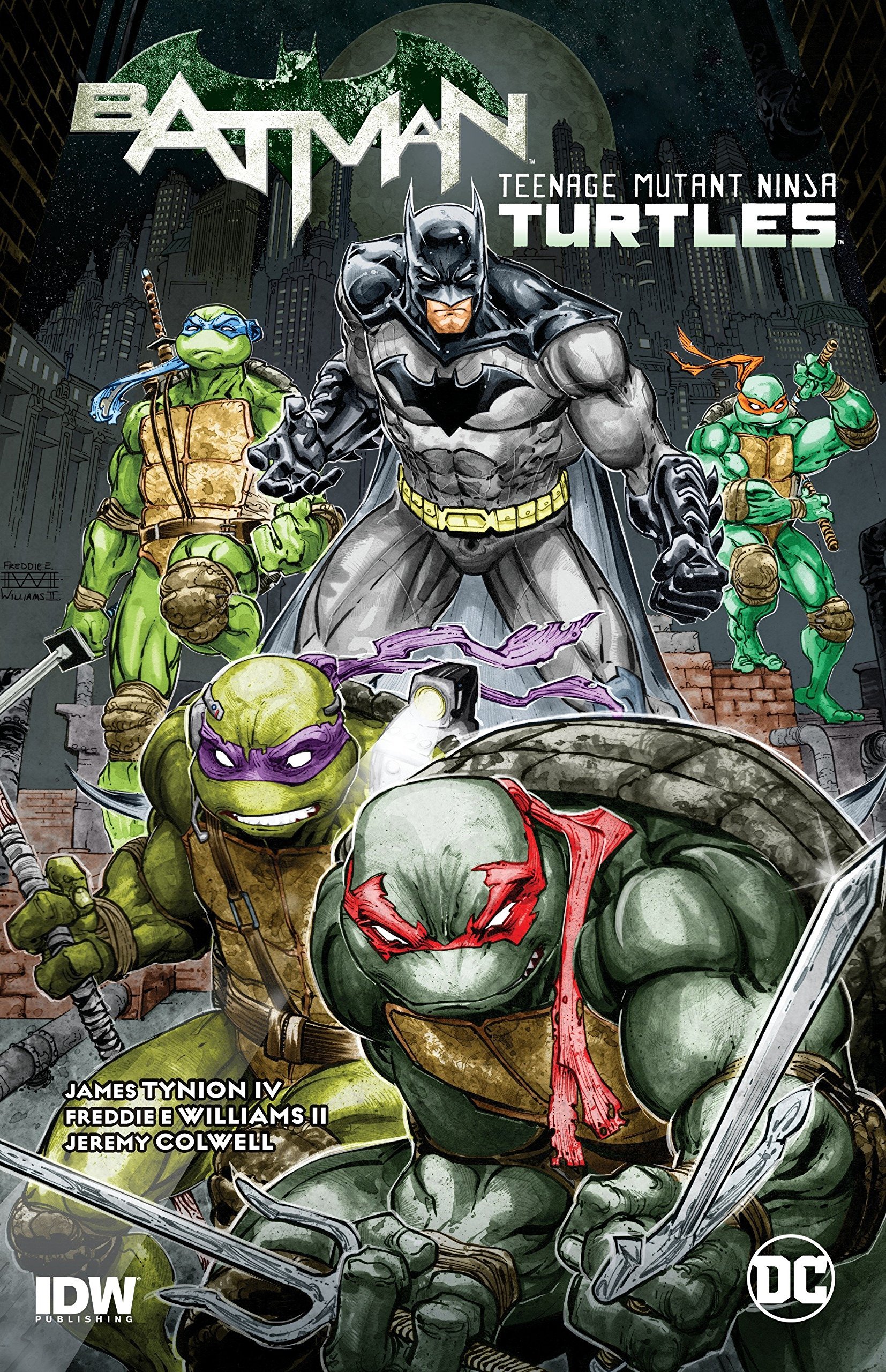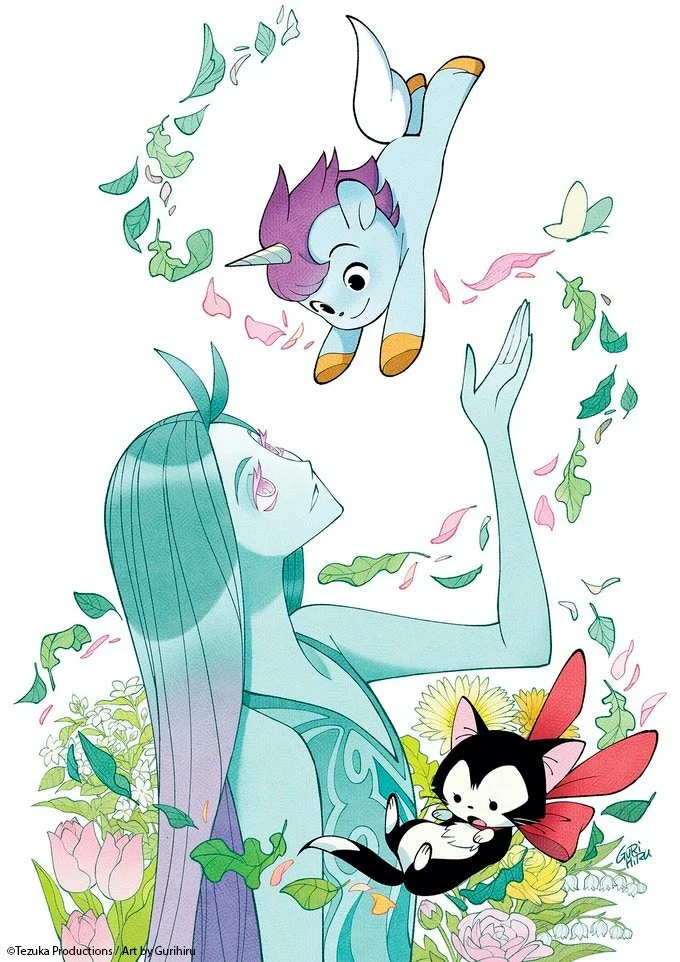The Man Without Fear...By The Year: Daredevil Comics in 1980
By Bruno Savill De Jong — It’s 1980. John Lennon is killed, CNN begins broadcasting, the Rubik’s Cube goes on sale and the US boycott the Moscow Olympics to protest the Soviet invasion of Afghanistan. People are listening to “Back in Black,” watching The Empire Strikes Back, and reading Daredevil.
In this column, I’ve defended Roger McKenzie’s work on Daredevil. Commentators usually disparage his contributions, or ignore him completely. Most interviews about Daredevil barely even mention McKenzie, Jim Shooter (whom McKenzie replaced on Daredevil) saying “I didn’t much like what he did with it” and Dennis O’Neil (who was editing Daredevil) simply called him “another writer [who] was doing the scripts.” Yet McKenzie’s gritty, well-paced stories paved the way for Daredevil transforming from a generic swashbuckling superhero to a vigilante on the verge of a nervous breakdown. Or at least he had in 1979. 1980 has admittedly lost the urgency of earlier McKenzie issues. Those stories had Matt Murdock’s life falling apart around him as he desperately scrambled to hold it together. This year such tensions are largely resolved, leaving 1980 feeling like it’s running in place without much reason to follow it.
Written by Michael Fleischer (162), Roger McKenzie (163-166), David Michelinie (167)
Illustrated by Steve Ditko (162), Frank Miller (163-167)
Inks by Steve Ditko (162), Josef Rubinstein (163), Klaus Janson (163-167)
Colors by Petra Goldberg (162), Glynis Wein (163-164, 166-167), Bob Sharen (165)
Lettered by Jim Novak (162-163), John Costanza (164), Joe Rosen (165-167)
Indeed, 1980 is so “running in place” that its first issue, Daredevil #162, actually goes backwards. Exposure to radiation gives Daredevil amnesia, and he turns into a chaperoned boxing prize-fighter exactly like his father Jack Murdock. Everything about Daredevil #162 is retro, from the random radiation-caused plot, to Michael Fleischer’s melodramatic, exclamation-ridden writing style, to Daredevil repeating his origin story, to Steve Ditko doing the artwork. Jack Murdock has gotten some stray references during Daredevil, but this issue places Matt in his father’s shoes, relitigating his inherent identity. As Matt says, “mixed up with gangsters… refusing to take a dive…! Somehow it’s all… part of me!”
What’s funny is that Daredevil reiterates Matt’s origin AGAIN two issues later. After being hospitalized by the Hulk, Daredevil is confronted by Ben Urich over his double-identity, causing Matt to confess his life story. In some ways Daredevil #164 is closer to Daredevil #1 than the previous “remake” Daredevil #53, as Frank Miller’s art sometimes copies the exact same layout and paneling of Everett’s original. The story-beats are practically identical, although McKenzie remixes/condenses the dialogue to update it. This version also strays from the inaugural issue by devoting additional scenes to Jack Murdock joining the Fixer or when young Matt’s eyes are struck by radioactive material. Plus, Jack’s final boxing match is more brutal, and Daredevil chasing down the Fixer (which gives him a heart-attack) seems deliberate in its intimidation. Redoing Daredevil’s origin does feel like retracing the past, but perhaps it also updated it for a modern vision.
As often happens with Daredevil, themes of identity arise from these stories. Daredevil reliving his origin – either through amnesia or confessing it to Urich – is like a catechism that reinforces who he is. Daredevil was hospitalized by the Hulk, who often struggles with identity, and at this time of publication appears unaware he is also Bruce Banner. Hulk is searching for Banner as revenge, not knowing he is searching for himself. Plus 1980 ends on Mauler attempting revenge on his ex-employer Mr Cord, his 35-year service erased through a “computer accident” that denied him pension and social security. Aaron Soames no longer exists, and his ideal poetic justice is killing Cord’s bank details and credit cards that defines his existence (and Soames’ non-existence). Mauler is dispatched by Cord’s bodyguards, and Daredevil is one of the few who attend his funeral, mourning how men should exist beyond their utility.
It's a neat standalone issue, even if it was written by David Michelinie instead of McKenzie. None of 1980’s Daredevil is bad exactly, but simply lacks an urgency due to mostly resolving Matt’s turbulent personal life. Once he explains his backstory to Ben Urich, the reporter agrees to keep it secret. Heather was angry over Matt’s double-life, but once he saves her from Doctor Octopus, the two get back together (with him firmly friend-zoning the Black Widow). And even though Matt is so self-absorbed he makes no time for Foggy’s hideous multi-colored tuxedo, he is still best man at this wedding. Foggy’s engagement to Debbie has been on since about 1969, and Debbie herself remains seldom seen (only appearing in one panel here). But even though Matt gets distracted by the Gladiator (reworked into a more child-like menace) the issue ends on a light-hearted joke of Foggy forgetting the wedding ring was already on his finger. Neither Matt nor Foggy are torn apart over their romantic lives any longer.
Again, 1980’s Daredevil is not a disaster, and several of the stories do hold up. Miller’s artwork and layouts add energy and vigour to the fight sequences, the one against Doc Ock being especially intense. Miller (or colourist Glynis Wein) infrequently inverts Daredevil’s colour-scheme, making him a more nocturnal (and often menacing) creature. But there’s little here that means they are must-read. Sales and enthusiasm reflected this too, as Daredevil was still running bimonthly and on the verge of cancellation. Miller himself was apparently frustrated, and wrote a spec-script for editor Dennis O’Neil. It impressed him enough to give the young upstart a shot, handing over writing duties at the start of 1981 to see where this second-string title could go.
Read classic Daredevil Comics!
Check out past installments from The Man Without Fear…By The Year!
Check out Bruno Savill De Jong’s last regular series, Gotham Central Case by Case!
Bruno Savill De Jong is a recent undergraduate of English and freelance writer on films and comics, living in London. His infrequent comics-blog is Panels are Windows and semi-frequent Twitter is BrunoSavillDeJo.











